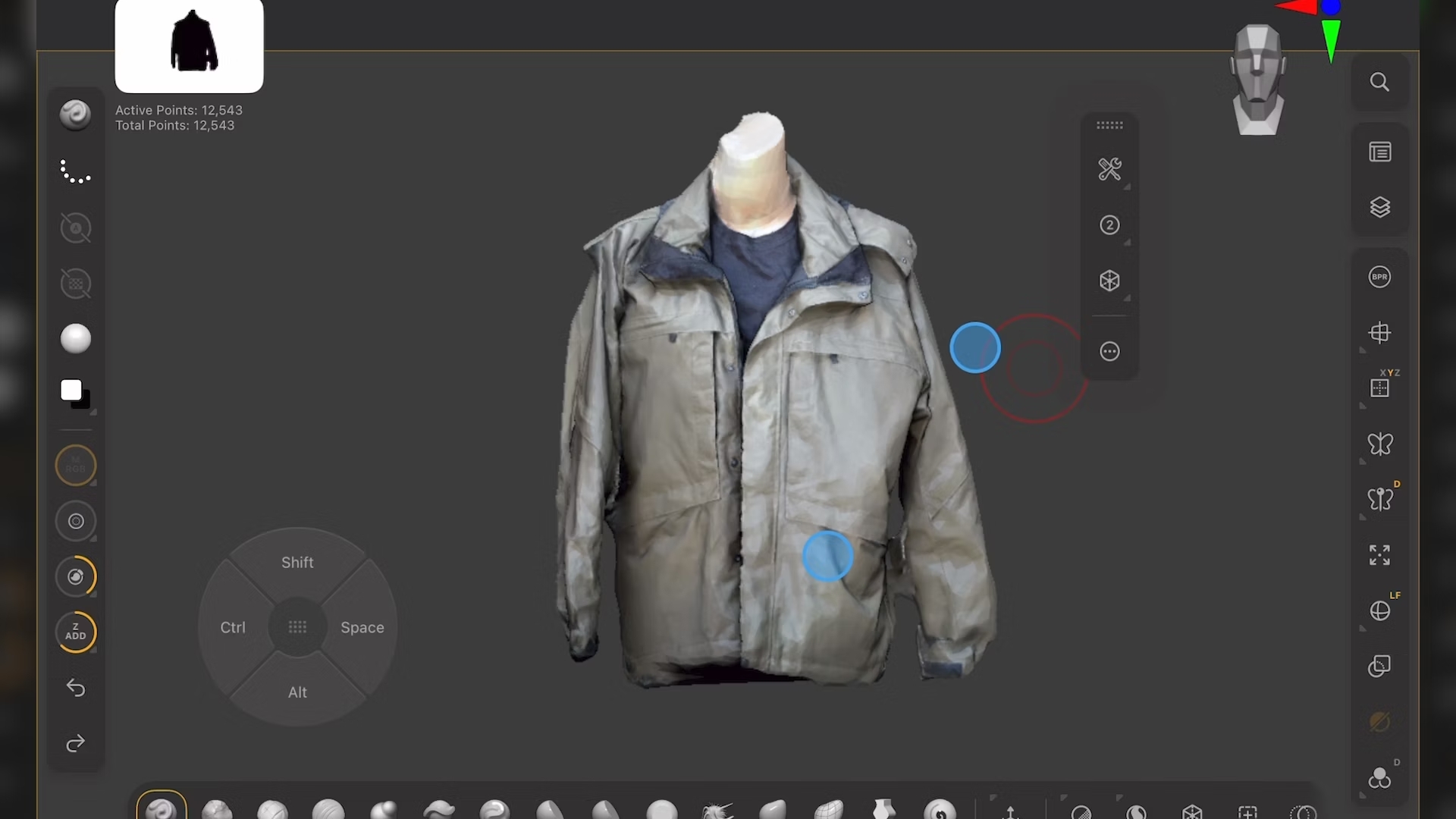How to get a rounded CG education

With many courses offering great tuition, we spotlight Vision West Nottinghamshire College and talk to 3D tutor Anthony Hall about what his course, style and content.
Why do you use LightWave on the course?
There are lots of reasons why we use LightWave. It's really easy to teach and gives students lots of tools and techniques when creating their projects. LightWave is also one complete piece of software that gives you the power to create a project from start to finish without any other pieces of software.
Our students have worked with various client on an array of projects, from 3D adverts, idents, interactive room plans and a whole host of other creations using LightWave. LightWave gives the artist the power to take an idea and make it real. It's also really cheap to buy, compared to it competitors.
If you are a new company or a freelance artist you can purchase LightWave for a fraction of the cost of other related software packages. One of the main things we try to encourage our students to do is to use their design and software skills to find freelance work. If you are a freelance artist, software is not cheap, but LightWave is, and it gives you the power to offer lots of design services.
Are the skills transferable to other software?
When students come to Vision West Nottinghamshire College they have very little or no 3D skills. When teaching our students 3D we start with very basic elements, from what a polygon is and how you can use various tools to manipulate it.
We also show and explain to our students that 3D does not start and finish with LightWave and that to become a good around 3D artist, that learning other 3D packages like Maya, ZBrush and After Effects to name a few.
All the skills we teach are key elements that will help the student progress; this might be in education or employment. A polygon in LightWave or a polygon in Maya, most of the tools are the same, it's the interface that is different, and if you needed to transfer your LightWave skills to another 3D package you can.
Daily design news, reviews, how-tos and more, as picked by the editors.
What standard are the students who come to the course?
The students who attended our full-time HND Interactive Media course must have at least four A Levels, one, which must be some kind of art-based qualification, or they need to have a level three qualification in some kind of art-based course with merit achievements.
Most of these students have never used any kind if 3D software, so from day one we deliver lots of 3D techniques that gives them the skills to create.
What key techniques or skills to students need to learn?
From day one I start training the students lots of different modeling techniques, using as many tools and techniques as possible. We then give lessons of various lighting techniques, HDRI, three-point lighting and other like how to use luxigons.
On top of that I show them various inspiration 3D animation and then how they might re-create these animation techniques. All these tools then go together to help the students create the project they are working on.
What successes have past students achieved?
The HND interactive media course has three, 3D units spread across the two years that the course runs, four projects in total. All these units are connected to a live client. This year the students have worked with Arsenal Football club, JCB, the NHS and Moto-direct.
From September 2014 the students will be working with two new companies Linney and Fuzzy frog as well as still working with Arsenal FC and JCB. When the students finish the HND Interactive Media they progress onto a top-up degree or employment.
Can you explain a little more about the course?
On the HND Interactive Media course we deliver lots of different units from web design, video production, graphic design, contextual studies, 2D, 3D and 4D application, animation in interactivity and others.
As part of these units we teach the students to use the Adobe suite, Photoshop, After Effects, Dreamweaver, Flash, InDesign, Premiere and Illustrator. We also teach LightWave, Sculptris, Elements 3D and Hype. So as an interactive media course the students not only learn what good design is, but are given the design tools to create.
Do you teach anything unusual for CG learning?
One other aspect of the course that a lot of students don't realise we do is concept art, this is in the form of design sheets, storyboards and moodboards using various mixed media tools, paint, chalks, pencils, concept markers and other. This gives the students the skills to deliver projects from idea to concept to final design.
What do students need to get on the course?
On the second year of the HND Interactive Media course we identify with the students what the future plans are, this is usually going onto a top-up degree in either Interactive media or in a lot of cases, onto a 3D, web, video or graphic degree top-up.
And, in some other cases, onto employment. When we know their future plan we help them build their portfolio and also help them put together online portfolios and a professionally looking CV to help them try and achieve their goals.
About the college
Vision West Nottinghamshire College offers education and training to over 20,000 students and businesses every year providing a huge range of courses to suit everyone – GCSEs, A Levels, vocational, part-time adult courses, apprenticeships, higher education and professional training tailored to both individuals and employers.
The area that I teach is creative industries. The creative industries area delivers lots of different courses from Art and Design, Fashion, Graphic Design, Creative media production, Music Technology, Performance Art and Interactive Media. These courses range in levels from level 1 to Degree level 6.

Ian Dean is Editor, Digital Arts & 3D at Creative Bloq, and the former editor of many leading magazines. These titles included ImagineFX, 3D World and video game titles Play and Official PlayStation Magazine. Ian launched Xbox magazine X360 and edited PlayStation World. For Creative Bloq, Ian combines his experiences to bring the latest news on digital art, VFX and video games and tech, and in his spare time he doodles in Procreate, ArtRage, and Rebelle while finding time to play Xbox and PS5.
